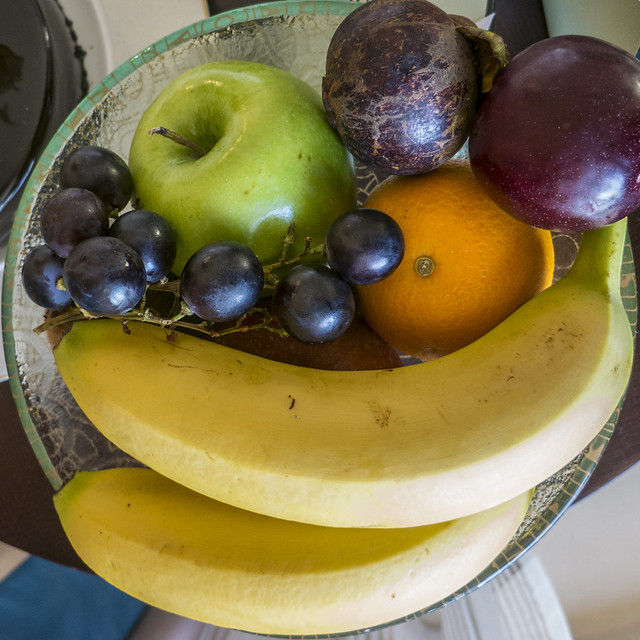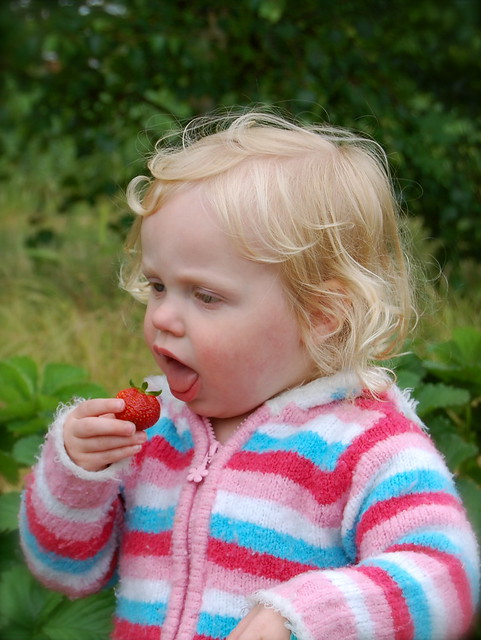"You can't work on an empty stomach"
 This principle is like an order. Make sure that every time you design a house, garden, park, or school, it includes elements that will provide real tangible yields, whether they are food, fibres, timber, fuel, education, or enjoyment. Wade Muggleton from the Station Road Permaculture Garden, tells us more.
This principle is like an order. Make sure that every time you design a house, garden, park, or school, it includes elements that will provide real tangible yields, whether they are food, fibres, timber, fuel, education, or enjoyment. Wade Muggleton from the Station Road Permaculture Garden, tells us more.
“One of the criticisms often leveled at permaculture is that there is little statistical data about yields. We cannot quote poundage of this crop or that crop produced per square meter or acre in the way that conventional agriculture does.
Whilst this lack of numerical evidence is seen as a weakness of the permacultural case, for me the argument misses the point.
The sort of production many of us are involved in is actually the opposite of farming. Farming in the conventional sense is about producing a large amount of a single crop in order to sell it for money, whilst the garden or allotment level of permaculture is about producing small quantities of many crops in order to put food on the table on as many days of the year as possible.
We grow 20 different types of vegetable and 26 different types of fruit. I cannot give you any quantifiable data on yields in terms of kilograms produced of each; my life is too busy for all that weighing, measuring and recording.
Every item of food we grow and eat is an item that doesn't have to come from somewhere else. That has huge implications on land use, habitat loss, water consumption, transport, energy, carbon footprints, packaging and wastage home and abroad.
Yield for us is measured in the number of times we eat from the garden - be it vegetables, salad crops or fruit, sometimes 5 or 6 items in a meal and whilst it isn’t a scientifically measurable yield, it is representative of the way people lived in the past, eating by the season and by availability.
Once the season has turned it is the stored yield that comes into its own in the bags of potatoes, strings of onions, trays of apples etc.
Permaculture and ‘growing your own’ isn’t about self-sufficiency; that would be ludicrous - I can’t grow pasta, olives, rice, etc. but what we can do is be self sufficient to varying degrees in the things we can grow.
If as many of us as possible grow our own and so by percentage reduce our demands on the wider world, then that is positive powerful environmentalism."
2019 update
We asked Wade to update on where they are now and what they have learned.
Station Road permaculture garden is a domestic scale design based on 1950’s ex local authority semi. It is an 80ft by 40ft back garden and a 40ft by 30ft front garden. Our aim was to produce as much homegrown produce for our own use as possible.
We grow around 30 types of fruit and 20 odd types of vegetables. We have chickens, two ponds, solar panels, two greenhouses and a water harvesting system involving six water butts and an underground tank. We also try and incorporate wildlife aspects for pollinators, a pond for frogs, newts and toads, insect houses etc.; the hope being wildlife does our pest control for us.
 When we started our permaculture design in 2002, we had no children. It was focused on food production for two people. Now we have two children, aged 11 and 7, so the balance has changed. We’ve made some elements child friendly, such as adding crops that children like, like strawberries and peas.
When we started our permaculture design in 2002, we had no children. It was focused on food production for two people. Now we have two children, aged 11 and 7, so the balance has changed. We’ve made some elements child friendly, such as adding crops that children like, like strawberries and peas.
I have a learnt a few lessons on small-scale household permaculture. For fruits and vegetables, it is important to get the balance right between what you grow and what you need or use. In the past, we had vast crops of currants and gooseberries but realistically, we were not using as much as we had. Now, we grow more potatoes, carrots, tomatoes, salad leaves — all of which get used. The key is to analyse what your household uses and get the right balance for production to meet that. Storing and preserving is also a big part of maximizing cropping.
We now grow less than 26 types of fruits as some of the fruits we used to grow proved to be not worth the bother. Peaches, for example, do not do well at 600ft in Shropshire, and our cranberries died. Our Kiwi has also never fruited, and Gojiberry didn’t suit our taste so they have also fallen on the wayside. However, we now have 105 varieties of Apple between our orchard and garden, 9 varieties of pear, and 6 varieties of plum. We also have apricots, raspberries, currants, blueberries, blackberries, fig, and rhubarb, to name a few.
I still believe that ‘growing your own’ isn’t about self-sufficiency. It is not possible. For example, I cannot grow olives, bananas, and oranges — all three I like to eat and would not give up. What we can do is be self-sufficient to varying degrees in the things we can grow, and make sure to buy fair-trade or organic for things we can’t grow.
Start small and remember that everything you grow yourself doesn’t have to come from somewhere else. So even if it’s salad leaves in a window box, container gardening, an allotment, or sheet mulching the lawn into a vegetable plot, do what works for you because not only is it good for the planet but is also great fun and very satisfying.